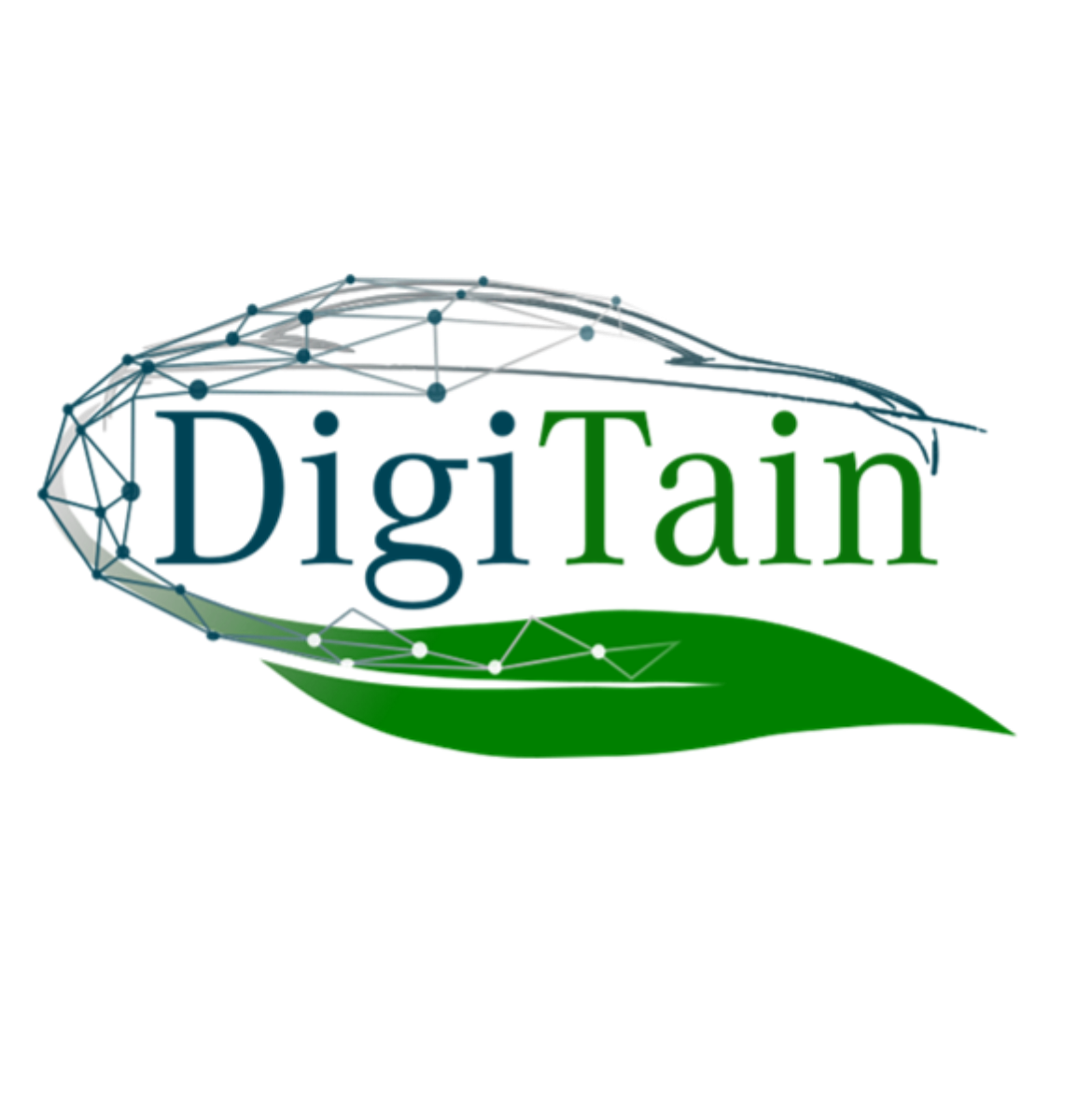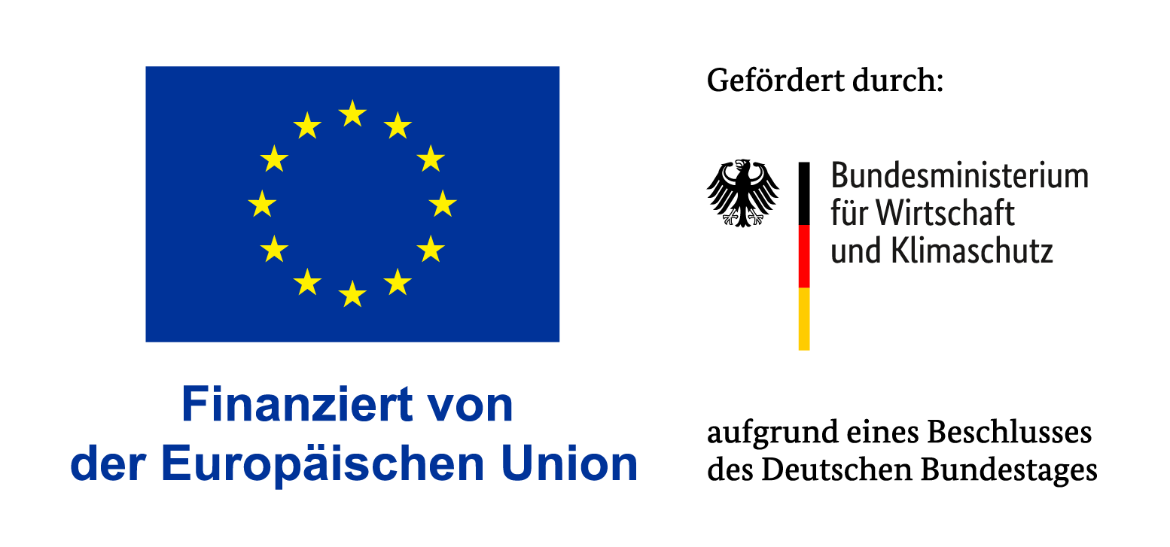Project description
The DigiTain research project, funded by the Federal Ministry of Economic Affairs and Climate Action (BMWK), started on 01.01.2023 and is being worked on jointly by 26 funded and 2 associated partners from industry and science. In DigiTain, processes, methods and models for fully digital product development and certification of sustainable electric drive architectures are being developed and tested using a technology carrier.
At the Institute for Structural Mechanics, novel finite element formulations for thin-walled laminated structures on one hand and structurally optimized compact components on the other hand will be developed. The new methods in spatial discretization are expected to improve efficiency, robustness, and predictive capability, and enable faster and more sustainable CAE design in the future due to reduced simulation efforts.
Development of improved tetrahedral elements
For the finite element simulation of structurally optimised compact components, such as aluminium die-cast components, tetrahedral elements are frequently used in accordance with the state of the art. These elements allow automated meshing even for complex geometries. However, investigations on commercial tetrahedral elements have shown that although deformations are approximated well, the stresses oscillate strongly and thus the triaxiality, which is important for modelling the material behaviour, is not represented accurately. These results are insufficient for the design of components. The research objective is the development of novel element formulations with a special modification of the material law for certain parts of the vector of the internal forces, with which the approximation quality of the stresses can be improved. This novel element formulation is to be improved, implemented in commercial software, validated and verified in the course of the project.
Development of improved shell elements
Dimension-reduced models are particularly suitable for an efficient simulation of thin-walled structures, such as an hydrogen tank. Modelling approaches with classical shell elements according to the state of the art are limited in their prediction quality, as these can only represent a reduced stress state. However, especially for thicker laminates, the consideration of a three-dimensional stress state is necessary to obtain realistic results. In order to be able to represent a three-dimensional stress state and also the delamination, which is important for laminates, a new, dimensionally reduced structural model and a higher-order 3D shell element based on it will be developed. This element formulation is to be improved, validated and verified for explicit analyses.
Project data
Project title:
DigiTain – Digitalisation for Sustainability
(Subwork package 2.2 „Development and implementation of improved shell and tetrahedral elements“ within work package 2 „Digital models and methods“)
Project-Website:
https://arena2036.de/digitain
Funding:
DigiTain is funded by the Federal Ministry of Economic Affairs and Climate Action (BMWK) based on a resolution of the German Bundestag.
Funding code: 19S22006K.
Bearbeitung

Tolga Usta
M. Sc.Scientific Staff

Maximilian Schilling
M. Sc.Scientific Staff





